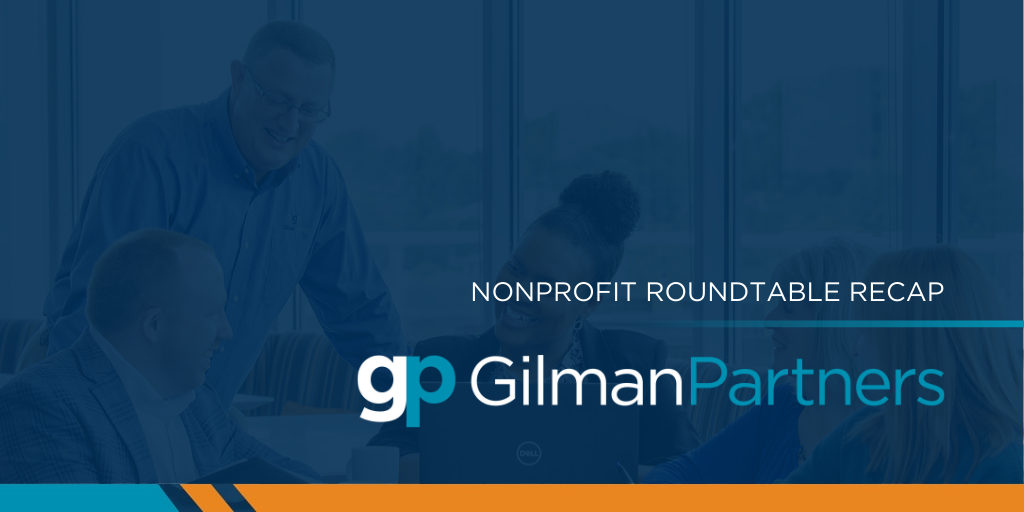As the year comes to an end, we are still experiencing economic uncertainty which can make organizational planning for 2023 difficult. Last week, more than 30 HR leaders from the Cincinnati region gathered to discuss some challenges they are facing. Data shows that as wages are going up, talent remains hard to find. In fact, most of the HR leaders in our discussion stated that finding talent is their biggest challenge in the coming year. We discussed how current economic and workforce conditions are affecting plans to budget, hire, and retain talent for the coming year. Here are some key takeaways:
Salary Compression is Real
Most roundtable participants expect wages for new hires in 2023 to be slightly higher than they were in 2022 and they expect wages for current employees to increase more than 4%. New hires are expecting high wages and, many times, they are getting them. Tenured workers are becoming increasingly frustrated by the high pay new hires are receiving and this tension can wreak havoc on culture and lead to turnover. Many of the HR leaders echoed this trend and suggested pulling other levers to retain their talent:
Offer Creative Benefit Packages
One HR leader shared their company has implemented family-building benefits, tuition reimbursement, and chronic care management plans to help retain employees. Make sure to do the research and offer benefits that make sense for your organization’s workforce.
Make Your PTO Package Enticing
Employers can’t always pay the high wages new hires expect, but they can offer a generous PTO package. One HR Leader mentioned that since they couldn’t compete with hourly wage offerings in the market, their organization began hiring employees at 4.5 weeks PTO. Offering more PTO across the whole organization sends the message that employee wellness is a priority, which helps with retention.
The Boomerang Phenomenon
We heard in our discussion that for some employees the grass is, indeed, not always greener when they leave an organization for a new opportunity. Several participants mentioned seeing an increase in employees resigning for higher pay elsewhere. Yet, for some, the allure of a higher paycheck doesn’t always last and they “boomerang” back to the position they left. Some suggestions here include:
Retention and Referral Bonuses
One HR leader suggested that instead of offering a hiring bonus to attract new employees, companies should instead consider retention and referral bonuses. Hiring bonuses are enticing to job seekers but some HR leaders are seeing employees job hop to get this perk. Retention bonuses are a better way to incentivize employees to stay. Referral bonuses are also beneficial for tenured workers. And in some cases, employers offer a second bonus to the referrer if the new employee stays for a specified period of time.
Merit Increases
Instead of distributing merit increases across the organization equally as they have in the past, one HR leader said his company is giving a higher percentage to those positions they’ve identified as a higher flight risk in 2023.
Frequent Engagement
Many HR leaders are seeing increased turnover in the first 90 days to six months of an employee’s tenure. The importance of frequent employee check-ins and engagement in those first days and months can’t be overlooked. New hires need to feel engaged and connected early on in their employment and should clearly understand what’s expected of them. Affinity groups can also help aid communication and collaboration, which can make workers more effective and increase their productivity.
Succession Planning Gaps
When asked about succession plans, HR leaders in our discussion were equally split: some are actively planning or thinking about planning, with the rest not involved in leadership succession initiatives. For those who aren’t, other priorities seem more important to the organization. As one HR leader stated, “It’s on the list, just not at the top of the list.” While to some leaders, taking the time necessary to create a sound succession plan may seem like a wasted resource, for others it can feel threatening. A few HR leaders mentioned succession planning conversations can feel intimidating to some leaders in their organizations who fear it could mean they’ll be pushed out. It may seem like a cumbersome use of time now but can save organizations hours of planning and stress when a leader suddenly departs.
In summary, there is still a great deal of uncertainty about what the economy will look like in 2023, but what’s certain is talent will remain hard to find for the foreseeable future given the demographics of our current workforce. Employers that work proactively to offer creative retention incentives will find themselves in a stronger position.




